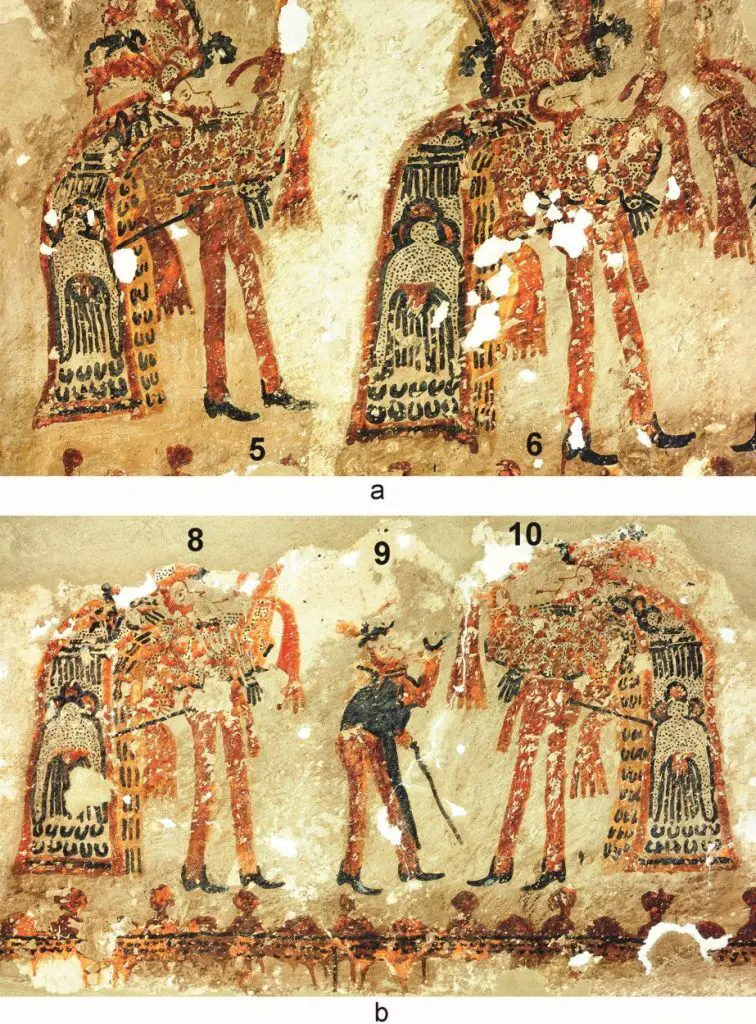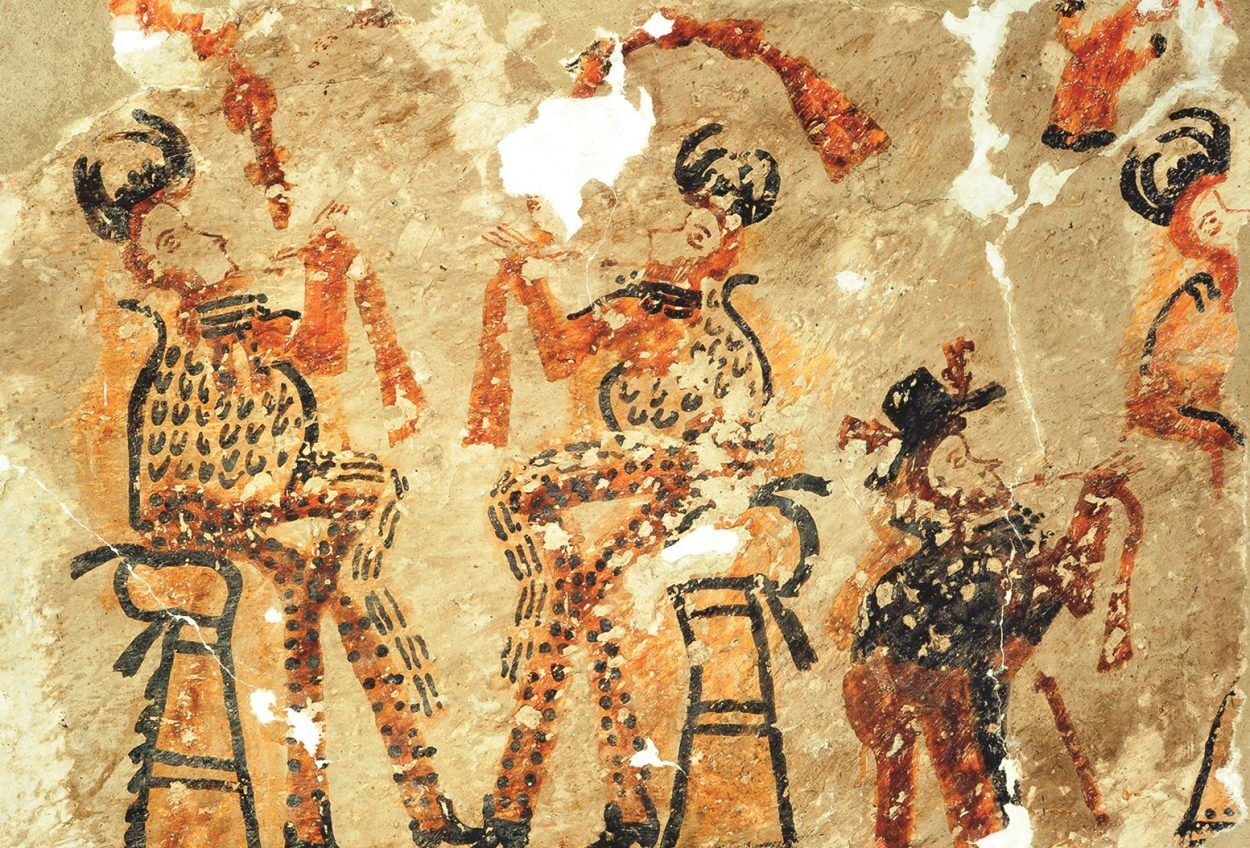Renovation works being conducted on a Maya house at Chajul in Guatemala have revealed previously unknown wall paintings that blend indigenous and European elements and date from AD 1524-1821.
Chajul is one of the largest Ixil towns, featuring several houses that date to the Colonial period, where the Ixil community has maintained its rich Ixil Maya traditions and language.
Typically, wall art from this period is found in churches depicting Christian subjects, something encouraged by Spanish authorities to cement their religious and political control. However, this art, reported in the journal Antiquity, is in house and was likely produced by indigenous artists, depicting a blend of local and European features.
The artwork was first discovered by the owner of the house in 2003 and subsequently conserved by a Polish team. As a result, an international group of researchers have been able to fully examine the paintings, revealing it was made by Maya artists using local techniques.

Additionally, collaborating with local Ixil Maya people, the researchers have found the artwork depicts ceremonial dances that recreate important historical events. In this case, it may be the Baile de la Conquista (Dance of the Conquest), or the Baile de los Moros y Cristianos (Dance of the Moors and Christians).
The former recollects the conquest of the Maya by the Spanish, whilst the latter tells the story of the Reconquista, a key part of Spanish Medieval history. Some of these dances were created by the Spanish to insert their ideals into local traditions, helping legitimatise their conquest and promote conversion to Christianity. However, the Dance of the Conquest was eventually reinterpreted as a tale of local history and repression.
Eventually, many of these dances were banned in this region of Guatemala. This raises the possibility that some were forgotten, and this artwork might reflect one such ‘lost’ dance. Regardless of what exactly this mural depicts, it clearly represents a revival of indigenous culture in the face of the colonial authority.
As such, it may reflect the waning control of the Spanish administration, and revitalisation of Maya culture. With their fusion of European history and Maya culture, this artwork represents a unique example of Latin American artwork that provides important insight into the region’s heritage. It is hoped that further investigation of Chajul houses may yield more examples.
Header Image Credit : Antiquity







